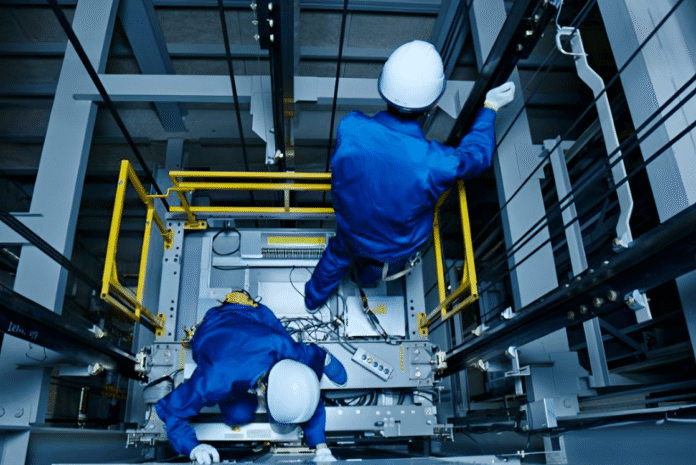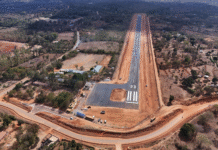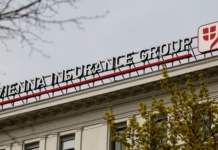Housing Principal Secretary Charles Hinga has reiterated the pivotal role local manufacturing is poised to play in sustaining Kenya’s Affordable Housing Program, as the government intensifies efforts to create jobs and catalyse industrial growth through large-scale construction.
Speaking during the launch of the Affordable Housing Internship Program, PS Hinga emphasised that the national housing agenda is also about transforming Kenya’s manufacturing base and labor market.
“Before the Affordable Housing Program, annual demand for lifts was around 750 units. Today, that number stands at 1,650—and by the end of the program, we expect to hit 2,750 lifts,” he said.
This surge in demand is attracting interest from both local and international firms, with at least three companies considering setting up elevator manufacturing and assembly plants in Kenya, provided the government guarantees a market of at least 300 units per year.
PS Hinga cited aluminium formwork technology as a key example of modern methods now being adopted in Kenyan construction, enabling faster, higher-quality, and more cost-effective building.
He also noted that over 1,500 backup generators have already been installed under the program, signalling a new frontier for domestic assembly and value addition.
“We must now explore local manufacturing and assembly of generators and other building components. This is how we move from being importers to becoming producers,” he said.
Kenya already hosts several elevator companies, such as Nibav Lifts, KONE, Schindler, and Greymark Elevators—many of which offer residential and commercial solutions, with Nibav focusing on eco-friendly home lifts.
“With the right incentives, this housing revolution will double as a manufacturing revolution,” Hinga said. “Better jobs are no longer aspirational—they are becoming a reality.”
The Affordable Housing Program, a key pillar of President William Ruto’s development agenda, seeks to deliver hundreds of thousands of housing units while boosting employment, technology transfer, and industrial growth.



















